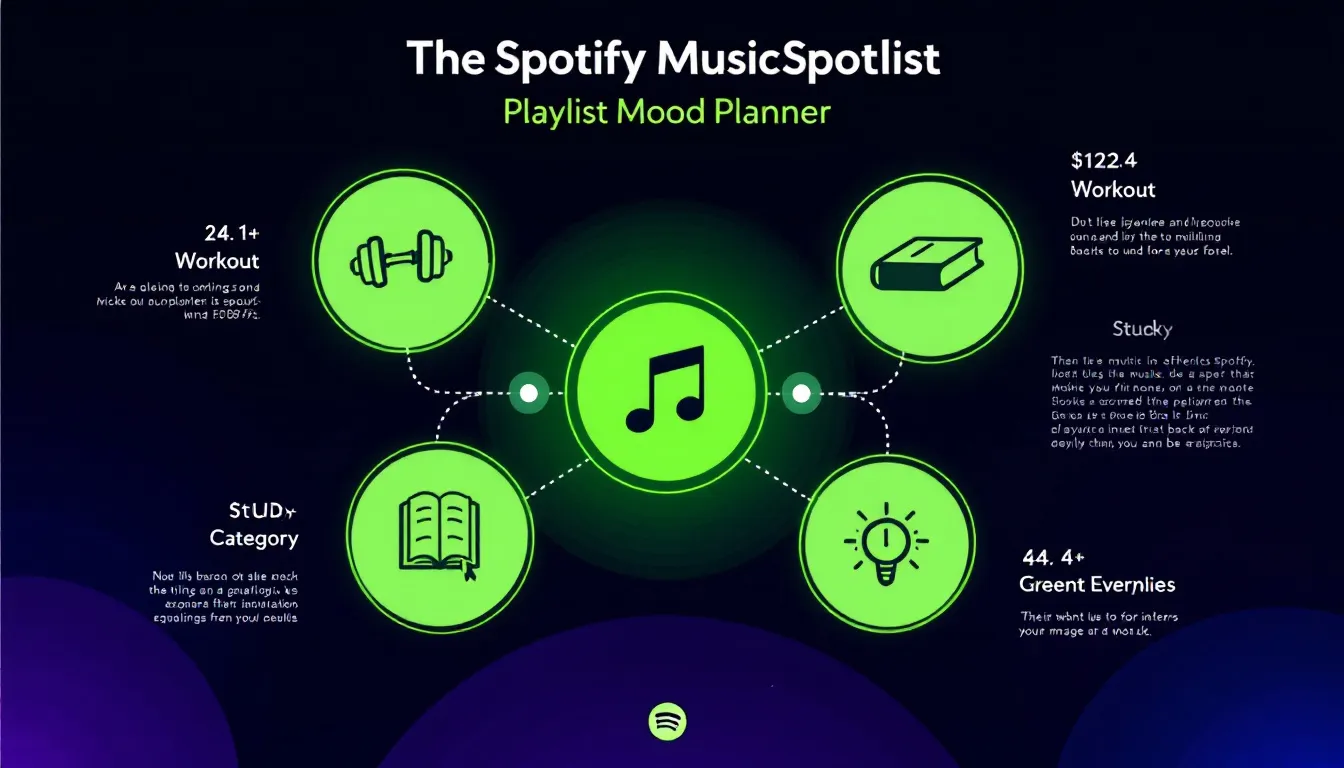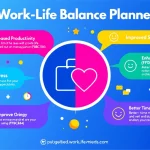Spotify Playlist Strategy Generator
Is this tool helpful?
How to Use the Spotify Playlist Strategy Generator Effectively
This tool helps you design playlists that perfectly match your mood and occasion. Fill in each field thoughtfully to get the best results. Here’s how to approach each input:
Input Field Guidelines
- Mood/Atmosphere: Describe the feeling you want your playlist to evoke. Example inputs: “calm and reflective” or “uplifting and adventurous”.
- Activity/Occasion: Specify where or when you’ll use this playlist. For example, “morning commute” or “garden brunch”.
- Music Genres: List your preferred music styles to guide recommendations. Though optional, try inputs like “folk, indie, electronic” or “blues, soul”.
- Playlist Duration: Set how long you want the playlist to last. Examples include “45 minutes” or “2 hours and 15 minutes”.
- Preferred Artists: Mention specific artists whose style you enjoy. Sample entries: “Adele, Coldplay” or “Chance the Rapper, Norah Jones”.
About the Spotify Playlist Strategy Generator
This tool combines music psychology and smart curation techniques to generate playlists tailored to your desired mood and activity. It analyzes factors such as song tempo, key, and emotional tone to deliver a balanced and engaging listening experience.
Key Features
- Selection based on target mood and emotional atmosphere
- Playlist structure tailored to specific occasions or activities
- Genre blending to add variety without breaking flow
- Flexible duration adjustments to match your available time
- Incorporation of favorite artists for personalized style consistency
Practical Uses for the Playlist Strategy Generator
This tool helps you save time while creating playlists that suit your lifestyle and preferences. Here are a few ways you can use it:
1. Workout Sessions
Design playlists that match your exercise intensity. For example, include invigorating beats for cardio warm-ups, steady rhythms for endurance, and slower tempos for cool-down periods.
2. Study or Focus Hours
Craft playlists that enhance concentration. Use calm, instrumental tracks to minimize distractions and maintain mental clarity over long sessions.
3. Social Gatherings
Build playlists that set the right vibe for parties or dinners. Gradually increase energy to keep guests engaged, mixing genres like jazz and soft pop for a sophisticated atmosphere.
4. Relaxation and Meditation
Create sequences of soothing ambient sounds or gentle acoustics to support mindfulness, breathing exercises, or meditation practices.
Advanced Playlist Design Techniques
Energy Curve Structuring
Effective playlists typically follow a smooth energy flow:
- Introduction (10-15% of duration): Set the mood with softer, slower tracks.
- Main Body (70-80% of duration): Maintain or build energy in line with the activity.
- Conclusion (10-15% of duration): Wind down with calming or reflective selections.
Genre Blending Principles
Smooth transitions between genres keep playlists interesting without jarring shifts:
- Spot shared musical elements like rhythm or instrumentation.
- Use transitional songs that bridge styles seamlessly.
- Keep energy levels consistent to avoid breaking flow.
Frequently Asked Questions
Q: How can I create an energizing playlist for morning runs?
A: Set the mood to “invigorating and upbeat” and activity to “morning run”. Choose genres like pop, dance, or rock, and specify a 45-minute duration to match your typical workout.
Q: What duration works best for deep work sessions?
A: Playlists between 90 and 120 minutes keep focus without causing fatigue. Use mood inputs like “calm and focused” and activities such as “writing”. Instrumental and ambient genres work best.
Q: Can the tool help me create mood-specific seasonal playlists?
A: Yes, enter seasonal moods like “warm and cozy” for fall or “bright and fresh” for summer. Use activities like “seasonal gathering” to tailor playlists that fit the time of year.
Q: How should I choose genres for meditation playlists?
A: Select genres with ambient, nature sounds, or soft instrumental music. Input mood as “serene and peaceful” and activity as “meditation”. Match duration to your practice length.
Best Practices for Maximizing Playlist Strategy Results
- Be Specific with Mood: Instead of general terms like “happy,” try detailed descriptions such as “bright and motivating” or “soft and introspective.”
- Clarify Activity Details: Include context like intensity, setting, or social environment for accurate playlist matching.
- Plan Duration Wisely: Consider natural energy rises and falls during your activity to set realistic playlist lengths.
- Stay Open About Genres: Even if you prefer certain genres, allowing complementary styles can make your playlist more dynamic and engaging.
Important Disclaimer
The calculations, results, and content provided by our tools are not guaranteed to be accurate, complete, or reliable. Users are responsible for verifying and interpreting the results. Our content and tools may contain errors, biases, or inconsistencies. Do not enter personal data, sensitive information, or personally identifiable information in our web forms or tools. Such data entry violates our terms of service and may result in unauthorized disclosure to third parties. We reserve the right to save inputs and outputs from our tools for the purposes of error debugging, bias identification, and performance improvement. External companies providing AI models used in our tools may also save and process data in accordance with their own policies. By using our tools, you consent to this data collection and processing. We reserve the right to limit the usage of our tools based on current usability factors.







